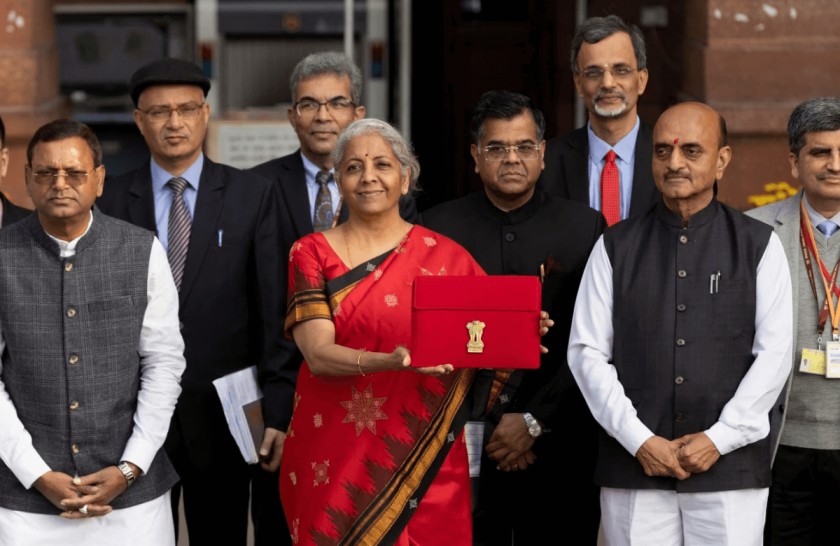- February 6, 2023
Union Budget 2023: A Budget that keeps a spotlight on resource building

In her 2023 budget speech, FM Sitharaman takes a cue from expert coaches, focusing on processes over results.
Expert coaches, including those that train the world’s top sportspersons, have a simple mantra for success – emphasise the processes and the results will follow automatically. Shunning the usual practice of preelection year budgets which have in the past tended to be wholly and overtly populist, finance minister Nirmala Sitharaman in her 2023 budget speech appears to have taken a leaf out of the book of such coaches.
Throughout part one of the budget speech, her emphasis has been on building capacities and creating resources rather than focusing on end results.
Thus, paying heed to the painful lessons learnt from the pandemic and its destructive trail in India, there is provision for the setting up of 157 nursing colleges and also for galvanizing the medical devices sector. One could of course, argue in favour of some concessions, some doff of the hat, for our medical practitioners who bore the brunt of the pandemic while giving yeoman service during those two horrifying years. There may still be scope for that. But the fact is that deepening the medical training infrastructure, ahead of future demand, is the far more constructive approach.
The planned increase in the number of Indian Council of Medical Research (ICMR) labs along with the promotion of collaborative research involving the private sector, is another key part of this plan.
Another severe fallout of the pandemic, the impact on learning losses for children, is also sought to be addressed in similar fashion, through the creation of a National Digital Library for Children and Adolescents. In addition, states have been encouraged to supplement this by setting up physical libraries which are in turn linked to it.
The setting up of 100 labs for developing applications such as smart classrooms and precision farming, using 5G services as well as instituting three “Centers of Excellence for Artificial Intelligence” in existing educational institutions, can also be seen as evidence of this strategy. Noticeably in each of those cases the private sector has been given a prominent role.
Building from the base up is always harder, but it is guaranteed to be more long lasting. In this, India’s extensive digital backbone, already well proven and well-honed is also being utilised to the hilt. The creation of subsystems which would allow multiple agencies to access anonymised data is another layer on the existing digital backbone. Take the proposed financial registry for providing credit to MSMEs or the integrated IT portal proposed to be set up for unclaimed shares and dividends. These are all modified and step-up uses of the core data networks already in place.
In all of this it is good to see India’s planning and budgeting now factoring in the huge scale advantage that the market offers. For decades, that lay dormant and untapped as scarcity of investable resources crimped the ability of governments to realize potential gains from it.
With increasingly more investable capital both in the public and private sectors, India is now beginning to build services and infrastructure to scale. This year’s budget, for instance, mentions the setting up of 50 new airports. The network effect, once it kicks in, of such a large number of interconnected destinations, will be explosive. It will provide a simultaneous fillip to multiple industries ranging from airlines and hospitality to cement logistics and freight.
This kind of indirect nudge is, in fact, a key feature of the budget. Take the announcement to phase out old, polluting government vehicles and ambulances. With nearly 30,000 ambulances alone in the public health system, the multiplier effect of such a move is enormous. Much the same will be the impact of the 66 percent increase in funding for The Pradhan Mantri Awaas Yojana (PMAY), the government scheme aimed at providing affordable housing.
How much of the promise of the budget will be realised remains to be seen. As ever, implementation is the key. But to the extent that this annual exercise is a window into the government’s thinking and vision for the future, Budget 2023, dares to be different. So while the $4.3 billion it earmarks for the transition of the country’s energy landscape is obviously inadequate, it serves as an indicator of priorities.
Written by Sundeep Khanna. Mr. Khanna is a senior journalist.
Views are personal, and do not represent the stand of this publication.
